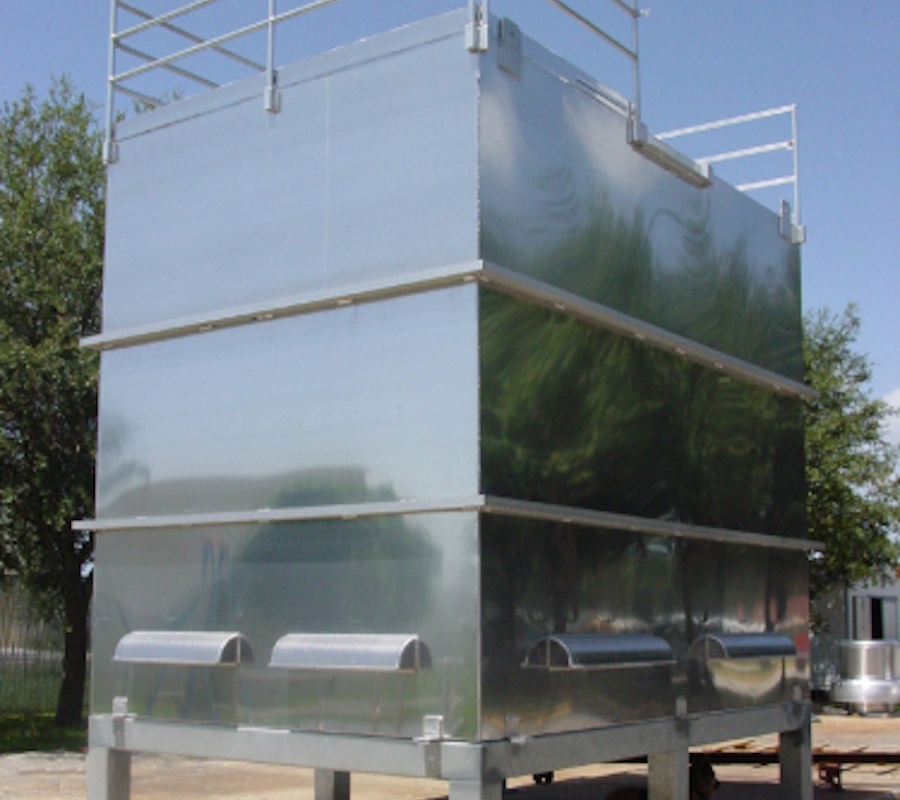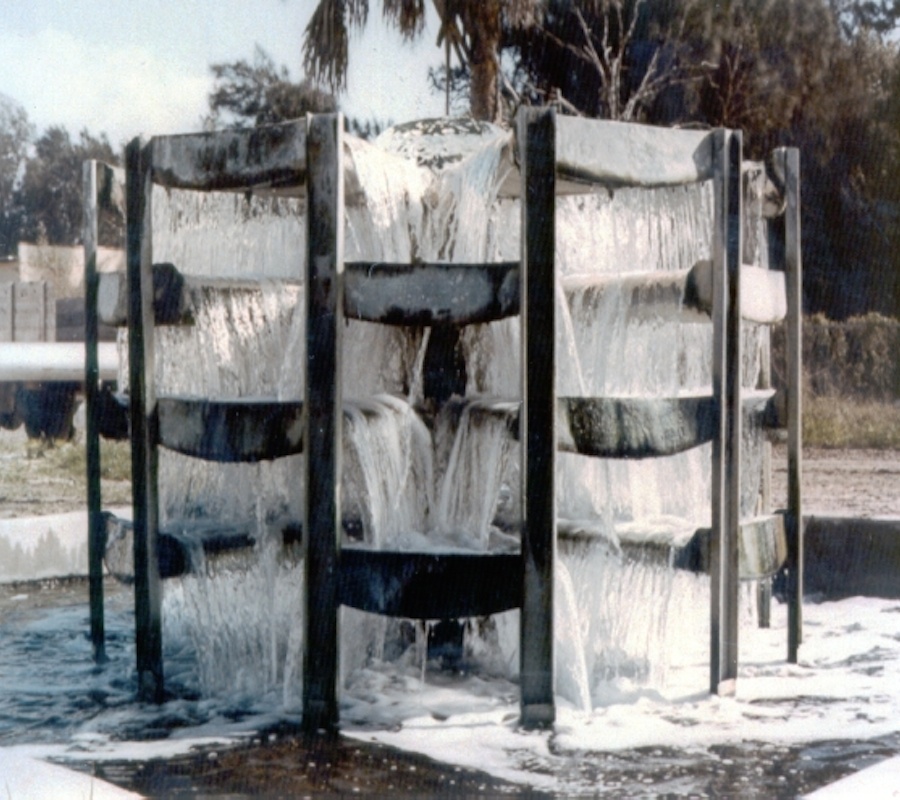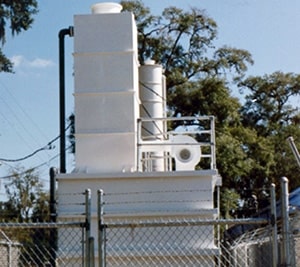The first step is understanding the chemical analysis of the water you will treat.
Suppose this is an aeration process for iron (Fe) removal. In that case, it is vital to understand the water's concentration, pH, and alkalinity and the amount of calcium carbonate or other minerals present. Once you've determined that the water is suitable for the desired treatment process, you must choose equipment based on the water's volume and flow rate. Remember that water treatment equipment is not one-size-fits-all and is vitally important when selecting equipment to consider your water conditions.
If a tower's internals is damaged due to the weight of random pack media or fouled water and airflow, the pack media will become completely clogged, and water flow will be blocked. This will result in an expensive shutdown and repair. It is advised that routine service cleanings are carried out under a service contract.
For heavy fouling conditions, a slat tray media selection can save you both downtime and costs. Slat trays provide an anti-fouling benefit based upon the design intended to “shed” particulate as it is formed. They still need to be cleaned in heavy conditions, but far less often, and cleaning is more manageable. The tower process application requires high removal efficiency, then loose fill media may be the only choice unless a pretreatment tower with slat trays is installed in front of the process. Each application must be evaluated on its merits and reviewed for potential fouling and anticipated operating cost.
If fouled completely, loose fill, random pack media will block water flow and air and can, in some circumstances, become so heavy that the weight can damage the internals of a tower. This will cause a shutdown and more expenses to remove and repair. Routine service cleanings under a service contract are highly recommended.






